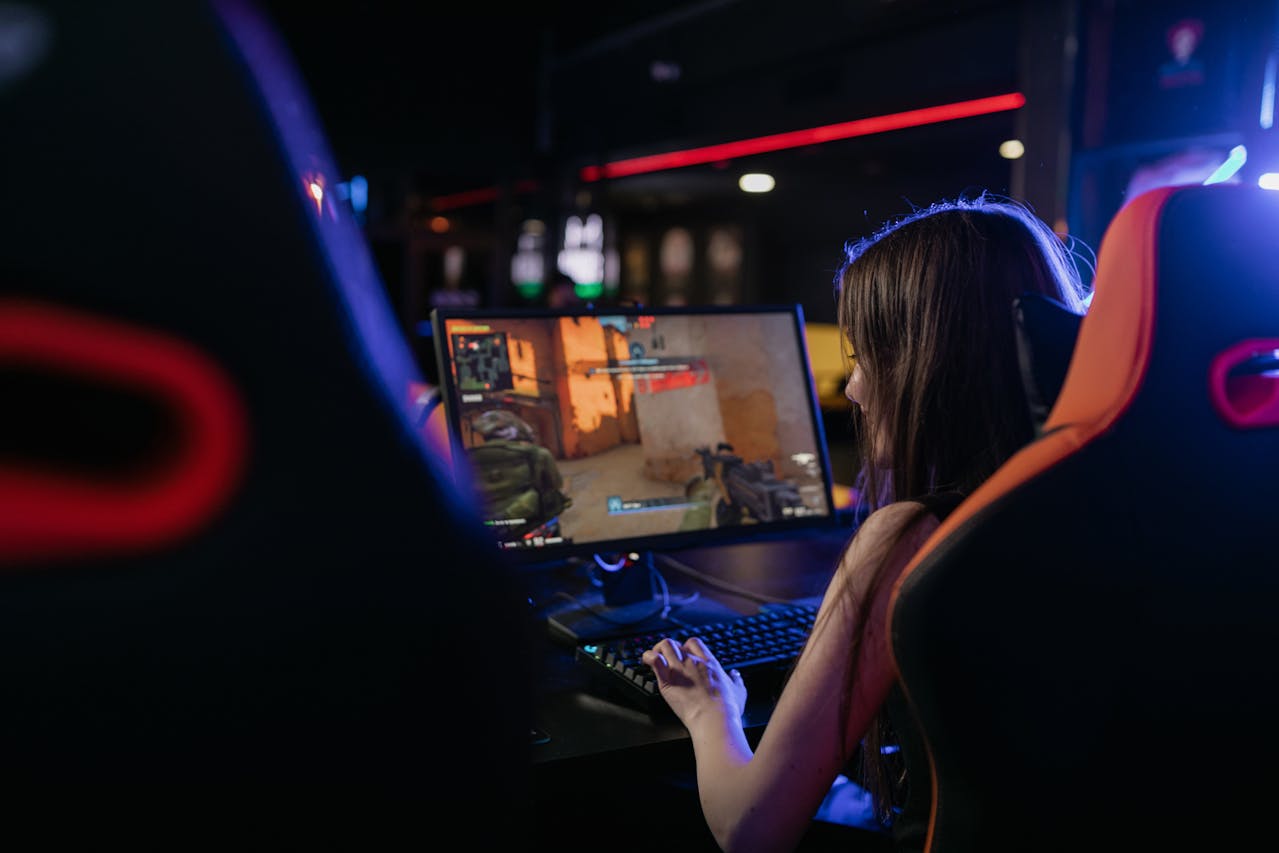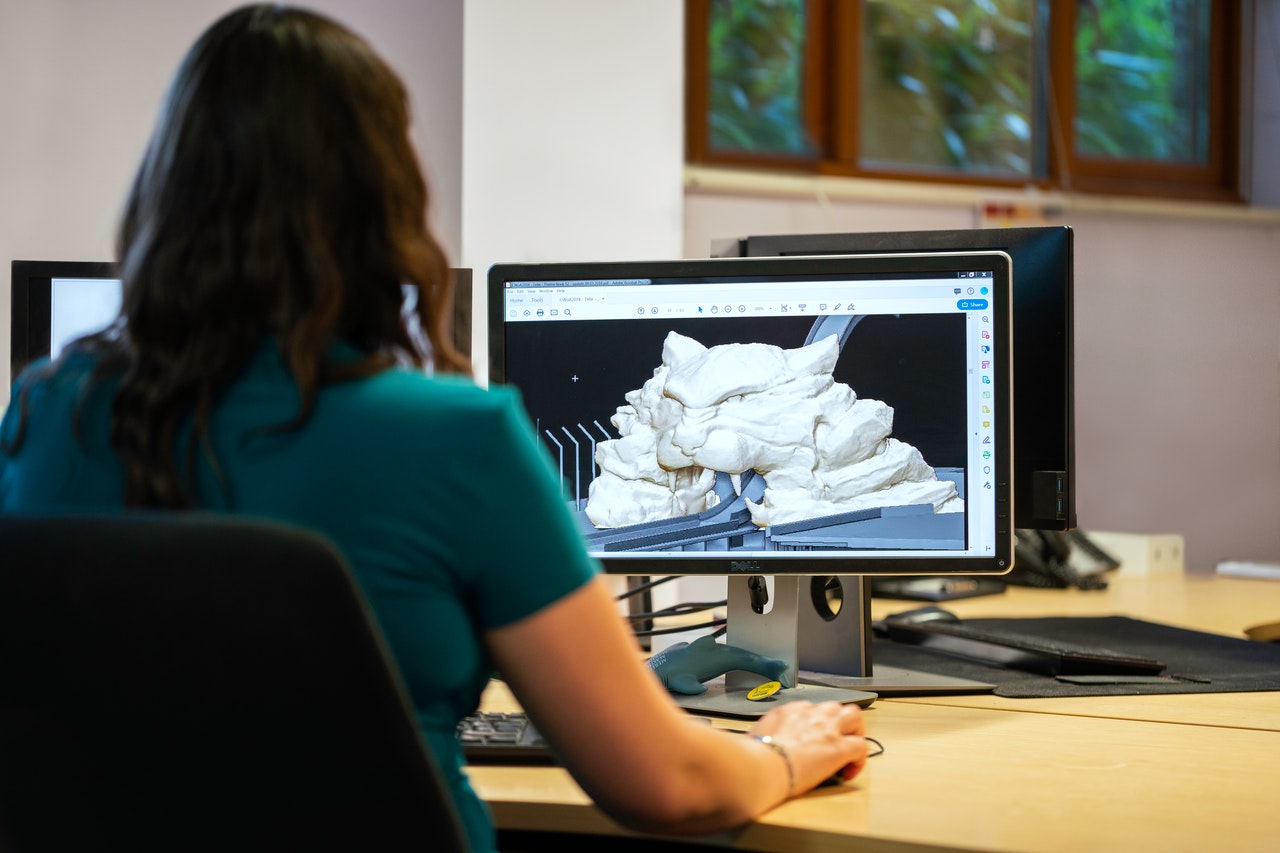The world of computer game advancement is regularly progressing, and one of the most interesting innovations over the last few years is the combination of artificial intelligence (ML) into the process. Artificial intelligence, a branch of artificial intelligence, includes training formulas to acknowledge patterns and choose based on data. In the context of computer game, ML is reinventing the method structures are developed and properties are handled. This short article explores exactly how machine learning is forming these critical aspects of game development, detailing its benefits, difficulties, and future leads. Discover more at room8studio.com.

Recognizing Machine Learning in the Context of Video Clip Gamings
Definition of Artificial Intelligence
Machine learning is a subset of expert system that makes it possible for computers to pick up from and make predictions based on data without being explicitly programmed. It includes different strategies and methods such as monitored knowing, where the version is educated on labeled data, and not being watched knowing, where the model discovers surprise patterns in unlabeled information. Reinforcement learning, one more kind, involves training models with benefits and penalties based upon their actions.
Application in Video Clip Gamings
In computer game, machine learning prolongs beyond simply appearances and asset administration. It is utilized in AI behavior, procedural content generation, and also in developing realistic animations. Nonetheless, its influence on appearance creation and asset management is particularly notable, as it brings brand-new degrees of automation, quality, and effectiveness to these locations.
Artificial Intelligence in Texture Production
Automated Texture Generation
Machine learning formulas can generate structures from the ground up or customize existing ones, substantially quickening the texturing process. Generative Adversarial Networks (GANs), a type of ML design, are especially efficient hereof. GANs contain two networks: a generator that develops new information, and a discriminator that examines the credibility of the data. By training on vast datasets of structures, GANs can create sensible and varied appearances that match the aesthetic needs of a game.
As an example, NVIDIA’s AI-based texture devices use GANs to generate high-quality appearances that are both one-of-a-kind and regular with the game’s art design. These tools can create structures that flawlessly integrate with existing assets, decreasing the moment and effort needed for hands-on texturing.
Appearance Enhancement and Optimization
Machine learning also plays an important role in improving and enhancing textures. Strategies such as super-resolution, where ML formulas boost the resolution of low-quality appearances, are progressively utilized. This process entails training models to anticipate high-resolution details from lower-resolution photos, leading to clearer and more detailed appearances without the requirement for manual reworking.
Likewise, denoising formulas powered by machine learning can eliminate artefacts and noise from textures, bring about cleaner and much more polished visuals. These improvements not just enhance the visual top quality but additionally make sure that textures perform well across different platforms and tools.
Case Researches and Instances
Numerous games and devices showcase the advantages of ML in structure production. As an example, Star Wars Jedi: Fallen Order utilized artificial intelligence methods to generate and refine structures, causing aesthetically sensational atmospheres that enhance the immersive experience. Devices like NVIDIA’s RTX Graphics Cards and Adobe’s Compound collection have actually also been pivotal in leveraging ML for texture generation and improvement.

Artificial Intelligence in Property Administration
Property Category and Company
Handling the huge selection of properties in a video game can be difficult. Machine learning aids by automating asset classification and organization. Algorithms can examine property metadata, such as file names, types, and material, to immediately classify and identify possessions. This minimizes the manual initiative called for to organize assets and makes it less complicated to locate and fetch them.
As an example, photo acknowledgment versions can classify and mark structures, versions, and computer animations based upon their web content, helping with extra efficient asset management. Devices like Google’s AutoML and IBM Watson offer abilities for developing personalized ML versions to handle and categorize video game properties properly.
Predictive Property Monitoring
Machine learning can also forecast asset requirements and patterns, allowing programmers to prepare for and handle asset demands proactively. Predictive designs evaluate historic information and use patterns to anticipate future asset needs, helping programmers designate resources better and prepare for upcoming material updates.
For instance, a game advancement studio may use anticipating analytics to figure out which possessions are most likely to be in high need during different phases of advancement or to optimize the storage space and retrieval of assets based on anticipated usage patterns.
Automation of Regular Tasks
Regular tasks in asset monitoring, such as batch handling and information access, can be automated using artificial intelligence. Automated systems can manage repetitive jobs like relabeling documents, converting styles, and using updates, liberating programmers to concentrate on more imaginative and complicated aspects of video game growth.
Tools like Houdini’s procedural possession monitoring and Blender or food processor’s scripting capacities, incorporated with ML, make it possible for automation of these tasks, causing a more structured and reliable development procedure.
Benefits of Artificial Intelligence in Structure Development and Property Administration
Performance and Rate
Artificial intelligence considerably speeds up structure creation and property monitoring process. Automated tools and algorithms minimize the time required for manual jobs, allowing much faster version and growth. This effectiveness is important in meeting limited due dates and taking care of large jobs.
Top quality Renovation
ML improves the quality of textures and assets via innovative formulas that improve information and maximize performance. High-resolution appearances, cleaner visuals, and more accurate asset classification result in a far better overall gaming experience and greater production worths.
Expense Cost savings
By automating jobs and enhancing performance, artificial intelligence can result in significant price financial savings. Reduced manual work and faster advancement cycles convert into reduced manufacturing prices, enabling workshops to designate resources to various other essential areas of video game advancement.

Difficulties and Limitations
Accuracy and Reliability
One of the difficulties of using artificial intelligence in game growth is guaranteeing the precision and reliability of the algorithms. ML designs might create unforeseen results or mistakes, needing careful oversight and quality assurance. Designers should continually fine-tune and validate models to preserve high requirements.
Combination with Existing Systems
Integrating artificial intelligence devices with existing development pipelines and devices can be tough. Compatibility problems and the need for adjustment might interrupt current operations. Successful assimilation calls for careful planning and sychronisation with various other systems and processes.
Moral and Creative Issues
The use of AI-generated web content raises moral and innovative concerns. Ensuring that machine-generated properties line up with the artistic vision of the game while keeping originality and staying clear of over-reliance on AI is important. Balancing human creativity with equipment efficiency remains a crucial factor to consider.
Future Potential Customers and Patterns
Improvements in Machine Learning Technologies
The future of artificial intelligence in video game advancement promises proceeded innovations. Emerging modern technologies such as innovative GANs, real-time AI, and boosted information handling abilities will additionally boost texture development and property monitoring. These innovations will certainly make it possible for even more innovative and effective operations.
Potential Innovations
Possible innovations consist of the development of even more instinctive ML devices that incorporate perfectly with game engines, improved real-time rendering methods, and AI-driven content production that enhances imaginative opportunities. The continuous evolution of ML technologies will certainly shape the future of game growth.
Sector Adoption and Advancement
As artificial intelligence becomes more incorporated into the gaming industry, its adoption will likely rise. Studios of all sizes will benefit from ML-driven devices and methods, leading to a much more widespread and transformative effect on video game growth.
Conclusion
Machine learning is reinventing texture development and asset monitoring in computer game, using unprecedented levels of automation, high quality, and effectiveness. By understanding and leveraging these innovations, programmers can improve their workflows, improve aesthetic fidelity, and decrease prices. As machine learning remains to advance, its effect on video game development will expand, shaping the future of the market and opening brand-new possibilities for creative thinking and development.